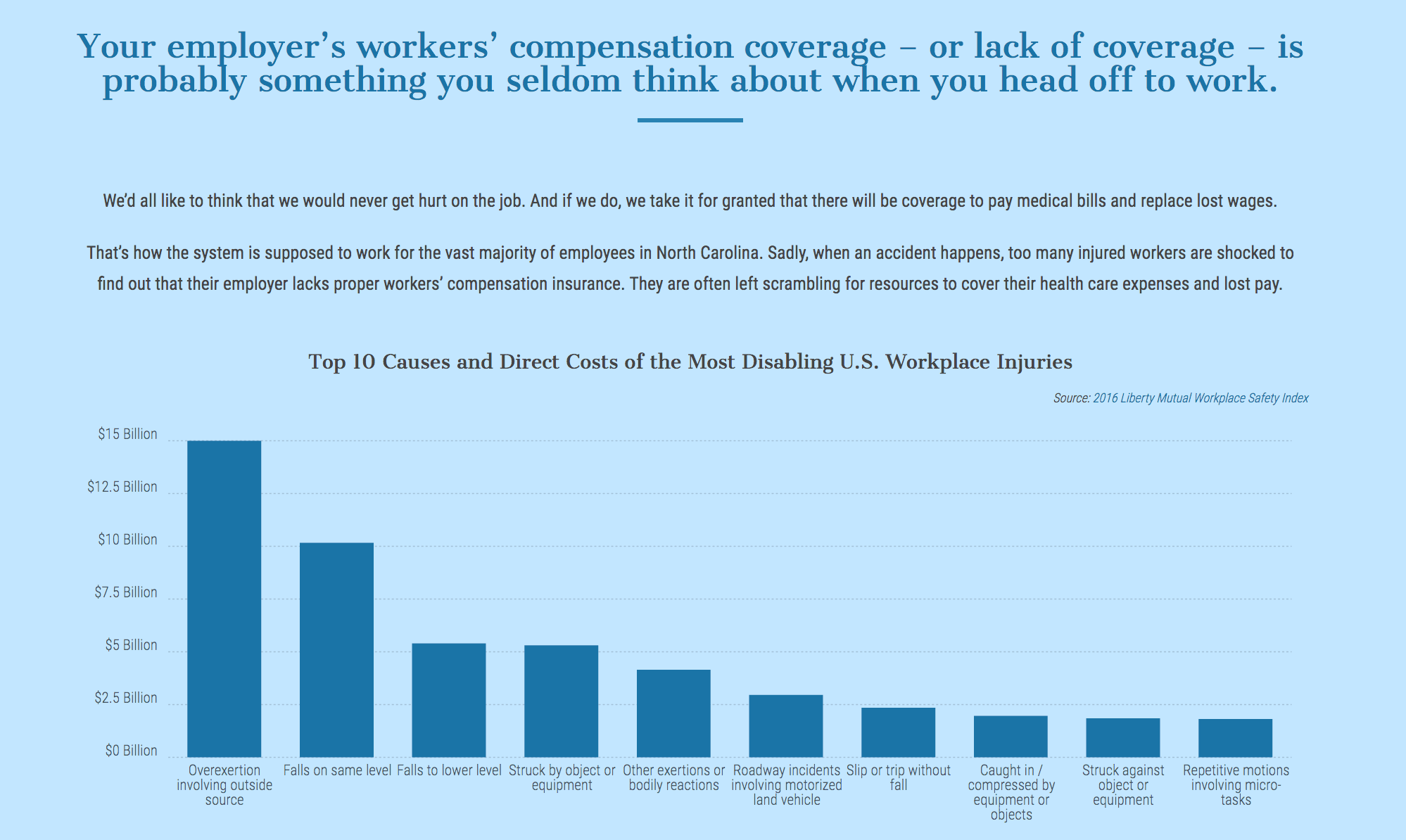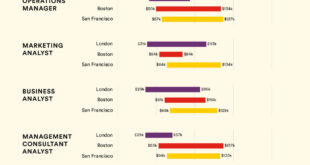Most employees are required to experience a series of extensive training videos, demonstrations and classes. Though many of times, it may seem like these are set up to bore the new employee, they should actually be taken a bit more seriously by both the prospecting employee and employer. For larger scale corporations, these types of activities are often protocol, and required by upper management. But, it’s important that managers and those working directly with employees ensure they are investing their full time and attention into these tutorials.
Safety on the job
What type of job do you work within? Was safety training required for your position, before beginning work? Stop to analyze what was enforced before you started working. Now, consider your day-to-day duties required at your job. Did your training help you to become better equipped to handle the daily tasks required of your position?
Depending on your role and nature of work, the risks may vary. For those in more labor-oriented positions, risks are probably higher. As outlined in the infographic below, the top job-related injuries occur within driver occupations, such as transport and truck driving industries. This industry alone accounted for 835 worker fatalities. Second, we find that farmers, ranchers, and other agricultural managers account for 263 deaths. 130 deaths resulted from workers within the job title of construction supervisors and extraction workers.
As you progress further into the resource you will find the following industries contained higher rates of job fatalities as well:
- 4th- Roofers with 81 fatalities
- 5th- Aircraft Pilots and Flight engineers with 81 fatalities as well
- 6th- Logging workers with 77 fatalities
- 7th- Refuse and recyclable material collectors with 27 fatalities
- 8th- Electrical power-line installers and repairers with 25 fatalities
- 9th- Fishers and related fishing workers with 22 fatalities
- 10th- Structural iron and steel workers with 15 fatalities.
What does this mean?
Does your occupation fall within any of the above industries? If so, it’s important to make sure you are fully equipped with all safety information and training methods as possible. Make strides to keep yourself safer at work. If you see something out of place or not working properly, fix it or notify your supervisor before you begin work. Using faulty machinery and equipment can easily lead to accidents and cause on the job injuries. Keep an open level of communication with your fellow employees and managers, and make sure you are communicating various ways in which safety and efficiency at work can be improved. You may be able to find things that are more risky as a result of your daily interaction with workplace equipment and machinery.
Furthermore, make sure your employer is carrying the insurance that is necessary to cover its employees in the event of an accident. If you are injured on the job, having insurance as a backbone can be a lifesaver. Consider your risk at work, and determine if your employer is covering enough insurance to suit you and your co-workers in the event an accident strikes.

Infographic Source: https://www.attorneync.com/are-you-covered/
 Infographic Portal New Infographics Resource Portal
Infographic Portal New Infographics Resource Portal
